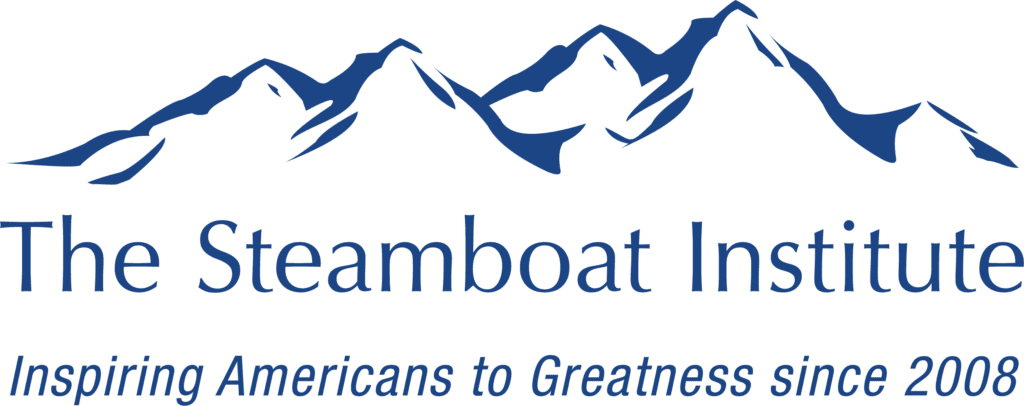Critical Race Theory in the Classroom: What’s the Real Problem?
June 25, 2021
by Solomon Chen, Emerging Leaders Council
What do Idaho, Iowa, Tennessee, Oklahoma, and Texas have in common? Each of these states have signed legislation specific to “critical race theory” or CRT.
CRT, which has an intellectual history dating back to the 1960s and 1970s, has emerged as a key political issue over the past year. In September 2020 one of the most vocal CRT critics Christopher Rufo described CRT as pervasive in “every institution in the federal government,” a statement which led then-President Trump to issue an executive order banning certain kinds of federal employee racial sensitivity trainings. Although the presidential administration has changed, CRT remains a contentious issue, particularly in the realm of education. According to Edweek’s CRT legislation tracker, 25 different states have taken steps, whether legislative or otherwise, to restrict CRT. Most recently, Rep. Glenn Grothman (R-WI) introduced a bill to ban CRT in D.C. public and charter schools.
Because CRT does not have a clear singular definition, the debates surrounding its inclusion in education can be obfuscated. A recent Vox article described Republican efforts against CRT as “a convenient catchall to describe basically any serious attempt to teach the history of race and racism.” On the other end of the political spectrum, National Review accused Democrats as playing the “Motte and Bailey” game; covering the definition of CRT with reasonable arguments without revealing its more “extreme contentions” until later. CRT is a multi-layered topic, and our public dialogue would be well served by rejecting overly simplistic definitions.
What the debates about CRT do show is a need to focus on the ways our schools shape the next generation of citizens. Conservatives should be rightfully wary about the way words like “identity,” “equity,” and “justice” are used and defined by the left. However, the approach against the concerning parts of CRT needs to be more precise than a game of whack-a-mole. For example, Rick Hess of the American Enterprise Institute described many of the Republican-pushed CRT bills as “reflexive [and] reckless” because they “misguidedly aim to ban ideas or restrict thought.”
The debate over CRT hints at a deeper problem within education: a lack of choice. Pedagogy and curriculum are valid concerns, but those are exacerbated by the lack of educational freedom that is the reality for far too many families, particularly low-income and families of color. Forced into a one-size-fits-all approach, families will inevitably engage in moral conflicts, whether over CRT, religion, sexuality, or another issue. Neal McCluskey from the Cato Institute writes, “Not surprisingly, many people become enraged when governments push controversial views on their children, making already burning issues explosive.”
It is important for conservatives to try and fix the broken “basket” of public education, but what about removing some “eggs” instead? CRT certainly has alarming tenets, but it will be far from the only area of conflict within public education in the years to come.
Increased school choice gives power to families and helps give students degrees of freedom from being held captive to the legislation of lawmakers or curriculum of districts. School choice also promotes open dialogue within the free market and can avoid potential free-speech or government power pitfalls that curriculum “bans” can fall into. 2021 has been described as the “Year of School Choice” but there is still a long journey ahead. Education reform ought to have freedom as its foremost goal.
Learn more about our Emerging Leaders Council here.
Register for Email Updates
Get the latest Steamboat Institute events, media, and updates emailed to you.
Support Us
Please consider making a tax-deductible donation to the Steamboat Institute. Your support helps us defend liberty and promote our nation’s first principles.

